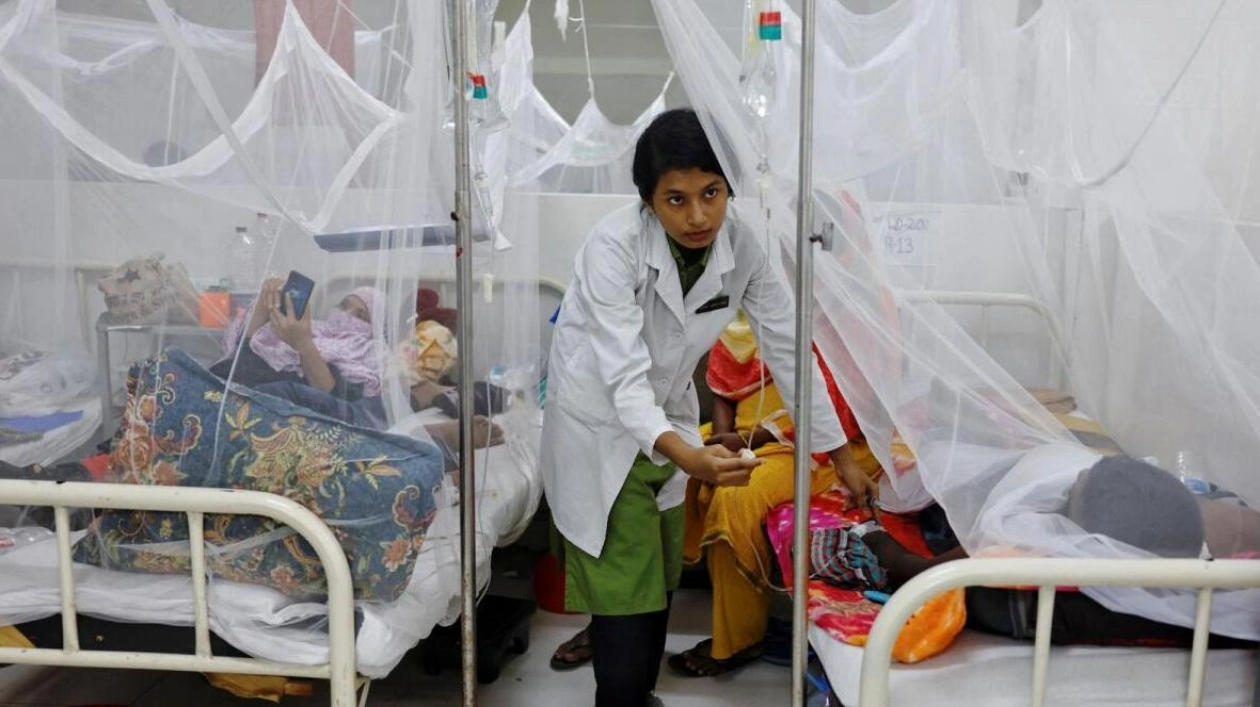Bangladesh is currently grappling with its most severe dengue outbreak in years, with over 400 fatalities as rising temperatures and an extended monsoon season fuel a dramatic increase in infections. Hospitals are struggling to manage the influx, especially in urban areas.
According to the latest official data, at least 407 people have succumbed to dengue-related complications in 2024, with 78,595 patients admitted to hospitals across the country. By mid-November, 4,173 patients were still receiving treatment, with 1,835 of them in Dhaka, the capital, and 2,338 in other regions.
Kabirul Bashar, a zoology professor at Jahangirnagar University, noted, "We’re experiencing monsoon-like rainfall even in October, which is highly unusual." He attributed these shifting weather patterns, driven by climate change, to creating optimal conditions for the Aedes aegypti mosquito, the primary vector of the disease.
Urban areas, with their dense populations, are particularly vulnerable to the spread of dengue, which typically peaks during the monsoon season from June to September but has extended beyond this period this year. The rise in temperatures and longer monsoons, both linked to climate change, have spurred a surge in mosquito breeding, accelerating the spread of the virus.
Bashar emphasized the need for year-round vector surveillance in Bangladesh to monitor and control the disease. Dr. ABM Abdullah, a renowned physician, highlighted that early detection and proper treatment can reduce dengue-related deaths to less than 1%. "Early diagnosis and prevention are crucial in managing dengue," he said.
Last year marked the deadliest on record in the ongoing crisis, with 1,705 deaths and over 321,000 infections reported. The escalating frequency and severity of outbreaks are straining Bangladesh’s healthcare system, which is already overburdened. Health officials have called for preventive measures such as mosquito repellents and bed nets, while experts advocate for more aggressive measures to eliminate mosquito breeding grounds.
Delays in seeking medical attention, particularly among rural populations who must travel long distances to specialized facilities in Dhaka, are contributing to the high mortality rate. Doctors warn that the disease often presents with mild initial symptoms that go undiagnosed until patients are in critical condition.
Source link: https://www.khaleejtimes.com






